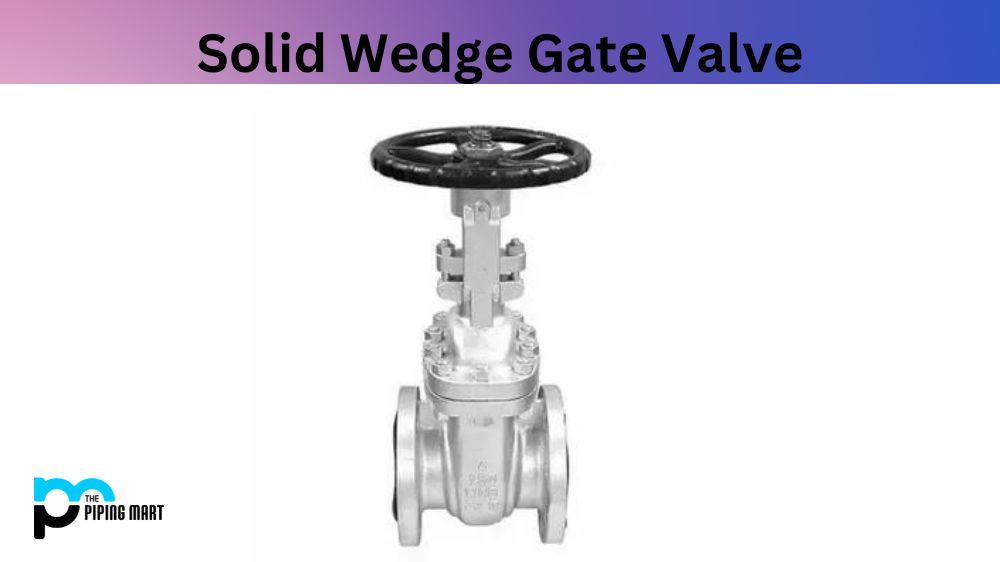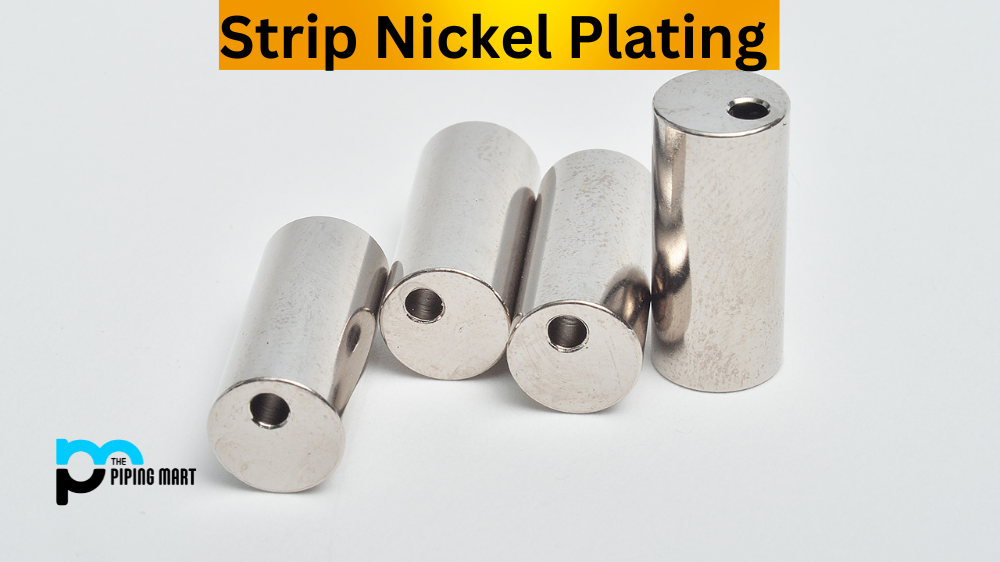A fitting or adapter is used in pipe systems to connect straight sections of pipe or tube, adapt to different sizes or shapes, and for other purposes such as regulating the fluid flow. These fittings are used in plumbing to control the flow of water, gas, or liquid waste in a system of pipes or tubes in a household or commercial setting. The tube is never threaded at the end to establish a connection, which is one of the key distinctions between it and the pipe. Instead, a tube fitting must be used to connect one tube to another, or a pipe to a pipe, or a piece of equipment to a type of hardware (such as an instrument). Within the pressure, temperature, and vibration parameters that the tube fitting is meant to fulfill, each tube fitting must perform two vital duties. To begin, the tube fitting must hold the tube end to prevent the tube from blowing out or losing its seal. Second, the tube fitting must keep a primary leak-proof seal.
Applications:-
Because the structure and material requirements of fittings are application-specific, visiting a fitting supplier is usually a good idea when it comes to optimizing component selection. The majority of tube fittings, on the other hand, are intended for use with hydraulic or pneumatic systems. Identifying the core system type is the first step in determining the type of fittings that are suited for the application.
The transport of liquid fluids such as water and various chemical solvents is a hydraulic application. Hydraulic fittings must have seals that prevent liquid leakage and are frequently resistant to rust and other chemical deterioration.
In pneumatic applications, gas transportation is involved. To avoid gas loss, pneumatic fittings must have extremely tight seals and be chemically resistant.
Tube fittings are utilized in a variety of applications, including structural design. These fittings must have high physical integrity but do not need to be sealed because they do not convey fluids.
Features:-
- Tubes and their fittings are often described by precise dimensions rather than nominal specifications.
- Furthermore, tubes are frequently used in structural applications where the outer diameter is the defining size criteria (OD). Pipes are most commonly vessels for fluid transfer, with the internal diameter as the defining criteria for size (ID).
- The most fundamental aspect of tube fittings can be addressed: proper sizing.
- Pressure and temperature are the most critical operational criteria for fitting tubes.
- Tube fitting materials are frequently chosen in conjunction with tubing materials.
- Cost, flexibility, media, environmental conditions, and needed pressure ratings all play a role in the decision. Different kinds of plastic and metal are available as options.

Pipingmart is B2B portal specializes in industrial, metal and piping products. Also, share latest information and news related to products, materials and different types grades to help business dealing in this industry.




